的点评
Lots to see. Many questions raised.
Kanyaka Ruins & Cemetery的点评
点评:What an amazing homestead the Kanyaka Ruins would have been in its time. The other amazing fact it was established in February 1852 by Hugh Proby as a sheep and cattle station. At its pinnacle there were 70 families living and working there. The station had to be self-sufficient and Kanyaka station grew to include a large homestead, cottages for workers, workshops, huts and sheds, mostly built from local stone due to limited supplies of workable local timber.
Like several other properties in the area after severe droughts with severe losses of livestock, the station was abandoned. As we wandered the ruins, we tried to imagine what it may have looked like, what room was where, where the furnishings came from, what were the residents like, after the station was abandoned where did the families go.
The stone creek bed behind the homestead is stunning with well worn rocks and majestic gum trees, but could be hazardous if hit with flash floods. Just over the creek bed is the Farina homestead cemetery - also a must to see when at the ruins. We missed the shearing shed, deliberately leaving it till the next trip.
Don’t drive past Kanyaka on the Flinders Ranges Way, it is amazing piece of South Australian history. I acknowledge the local First nations peoples on whose lands Kanyaka was built.
Like several other properties in the area after severe droughts with severe losses of livestock, the station was abandoned. As we wandered the ruins, we tried to imagine what it may have looked like, what room was where, where the furnishings came from, what were the residents like, after the station was abandoned where did the families go.
The stone creek bed behind the homestead is stunning with well worn rocks and majestic gum trees, but could be hazardous if hit with flash floods. Just over the creek bed is the Farina homestead cemetery - also a must to see when at the ruins. We missed the shearing shed, deliberately leaving it till the next trip.
Don’t drive past Kanyaka on the Flinders Ranges Way, it is amazing piece of South Australian history. I acknowledge the local First nations peoples on whose lands Kanyaka was built.
翻译:坎亚卡遗址在当时是多么令人惊叹的家园。另一个令人惊叹的事实是,它是由休·普罗比于 1852 年 2 月建立的,当时是一个绵羊和牛站。在鼎盛时期,有 70 个家庭在那里生活和工作。该站必须自给自足,坎亚卡站发展成为一个大型家园、工人小屋、车间、小屋和棚屋,由于可加工的当地木材供应有限,这些房屋大多由当地石材建造。
和该地区的其他几处房产一样,在严重干旱和牲畜严重损失后,该站被废弃了。当我们漫步在废墟中时,我们试图想象它可能是什么样子,哪个房间在哪里,家具从哪里来,居民是什么样的,车站被废弃后,家庭去了哪里。
家园后面的石头河床令人惊叹,有磨损严重的岩石和雄伟的桉树,但如果遭遇山洪暴发,可能会很危险。河床对面就是法里纳宅基地墓地——也是参观遗址时必看的地方。我们错过了剪羊毛棚,故意留到下次再去。
不要在弗林德斯山脉路经过坎亚卡,这是南澳大利亚历史上令人惊叹的一页。我感谢当地的原住民,坎亚卡就是在他们的土地上建造的。
和该地区的其他几处房产一样,在严重干旱和牲畜严重损失后,该站被废弃了。当我们漫步在废墟中时,我们试图想象它可能是什么样子,哪个房间在哪里,家具从哪里来,居民是什么样的,车站被废弃后,家庭去了哪里。
家园后面的石头河床令人惊叹,有磨损严重的岩石和雄伟的桉树,但如果遭遇山洪暴发,可能会很危险。河床对面就是法里纳宅基地墓地——也是参观遗址时必看的地方。我们错过了剪羊毛棚,故意留到下次再去。
不要在弗林德斯山脉路经过坎亚卡,这是南澳大利亚历史上令人惊叹的一页。我感谢当地的原住民,坎亚卡就是在他们的土地上建造的。
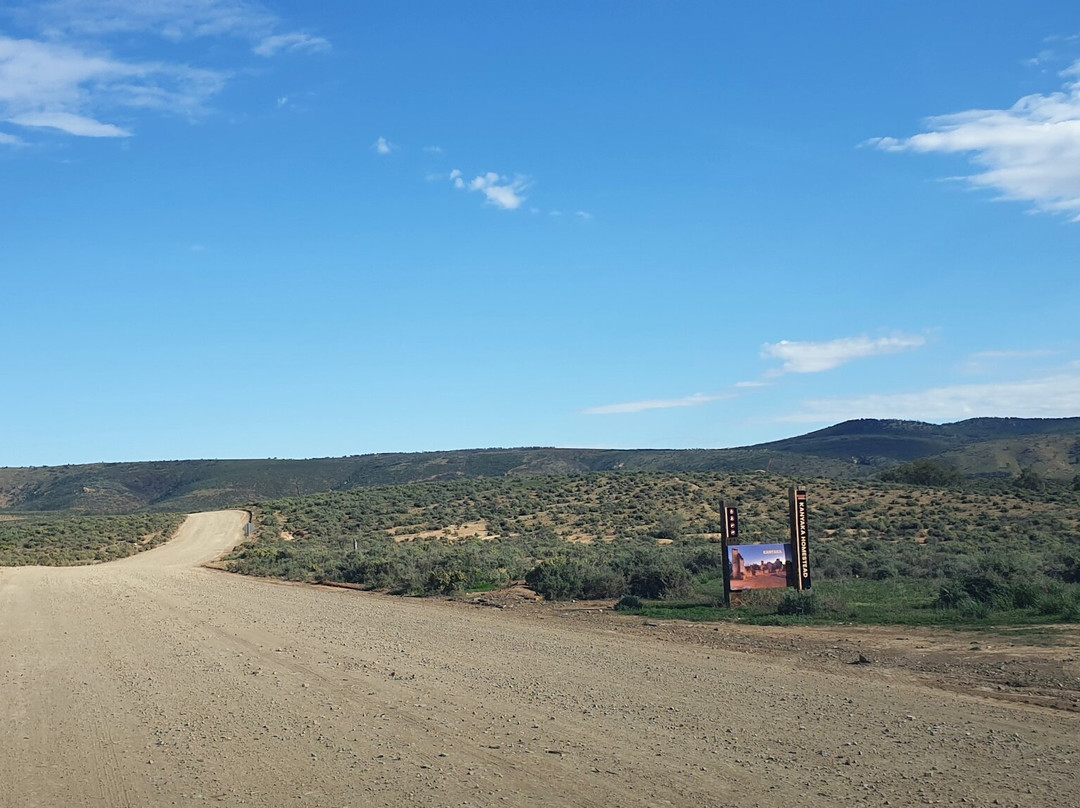
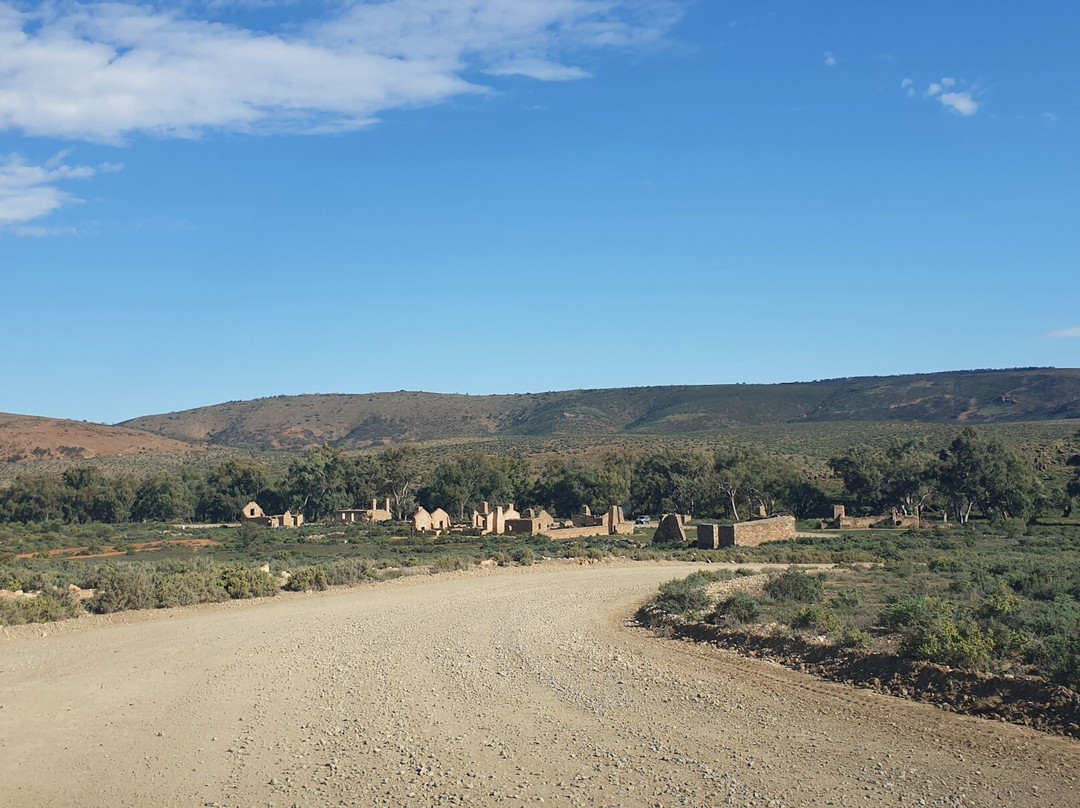
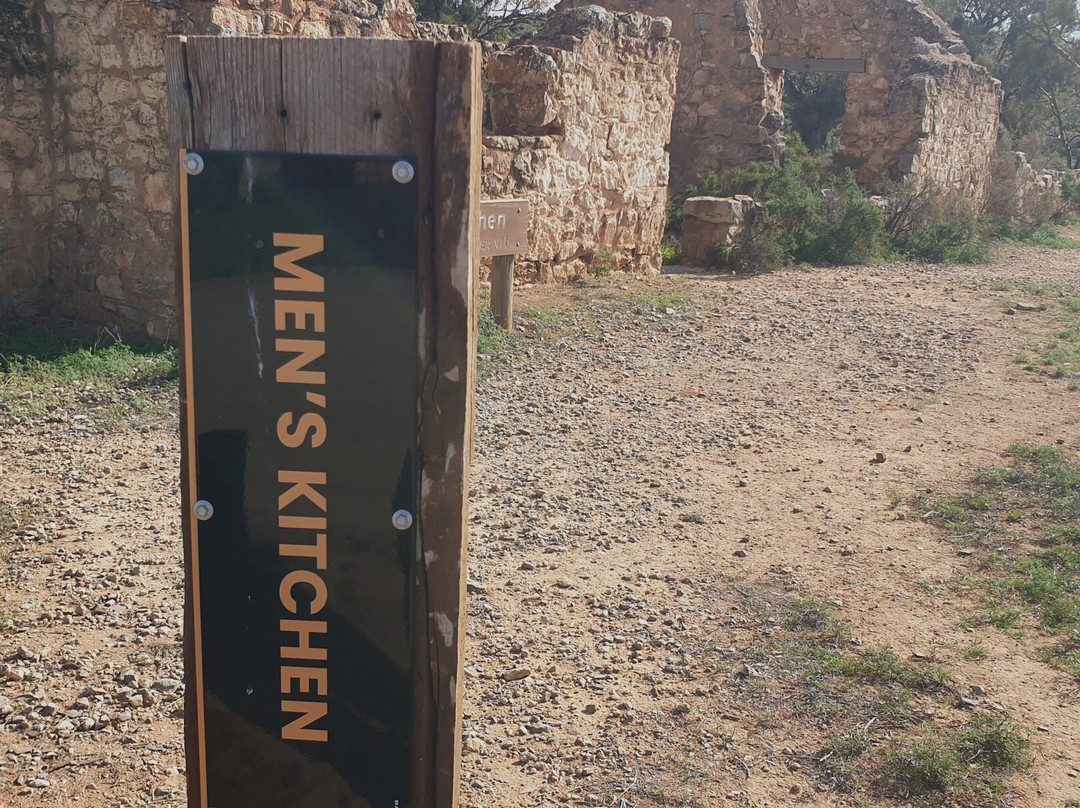
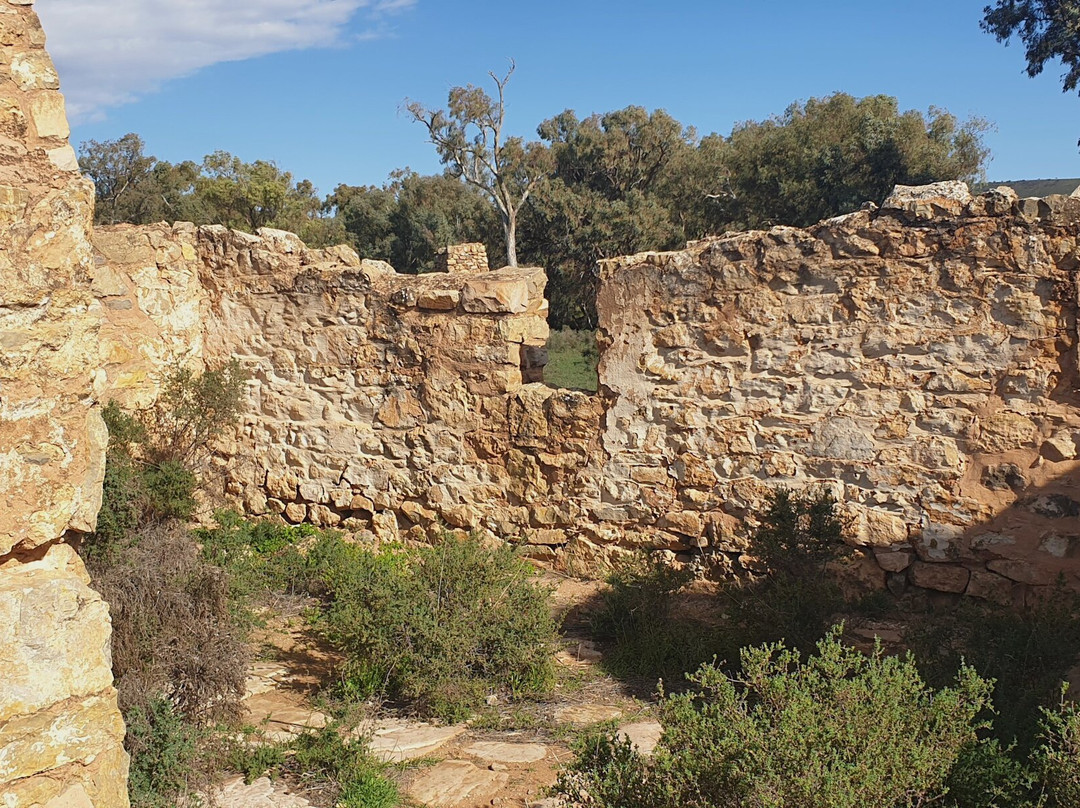
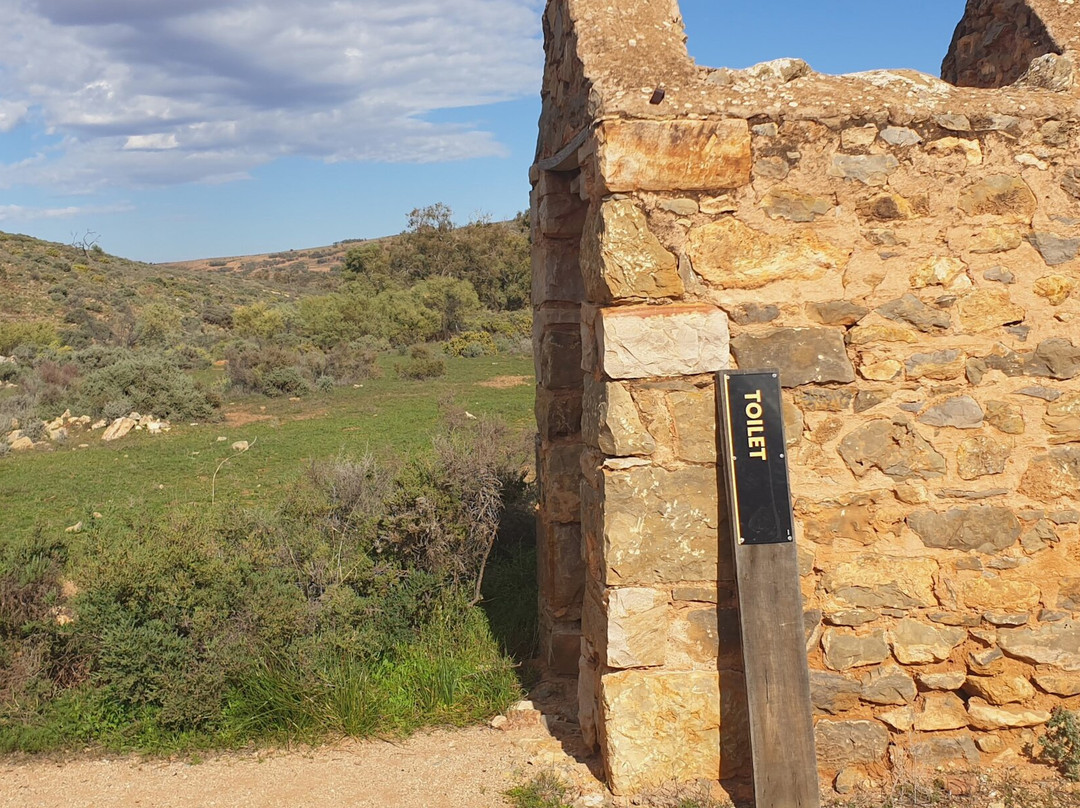
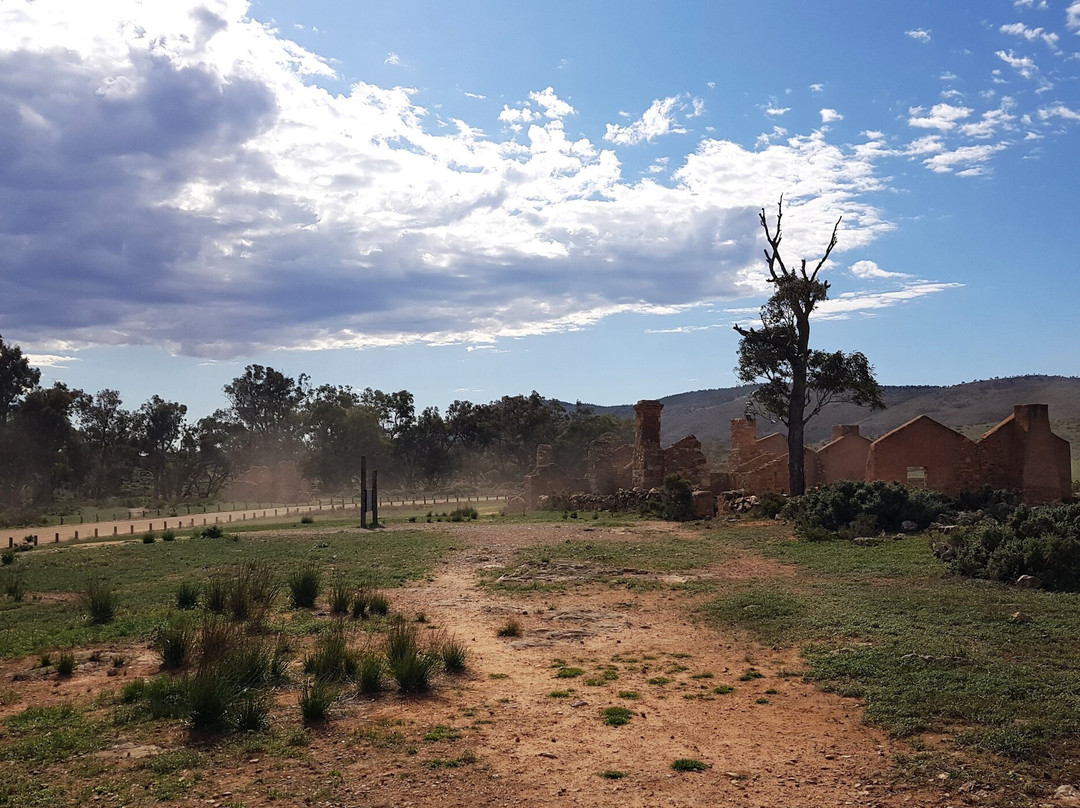
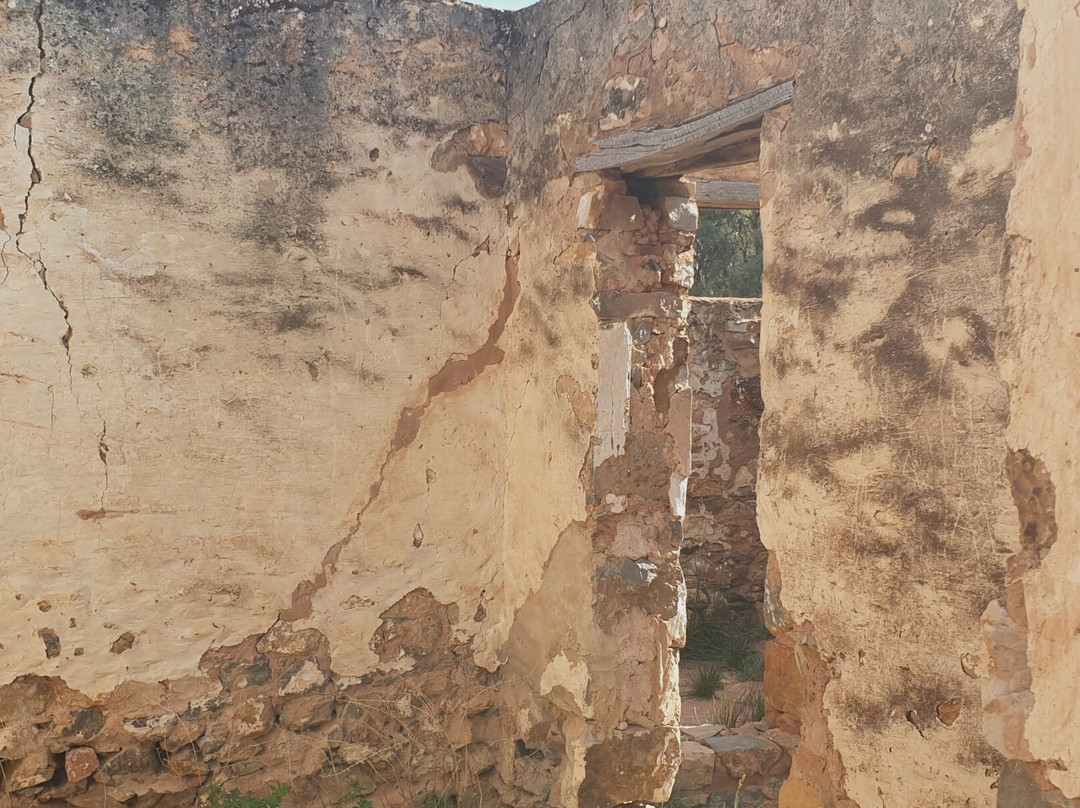
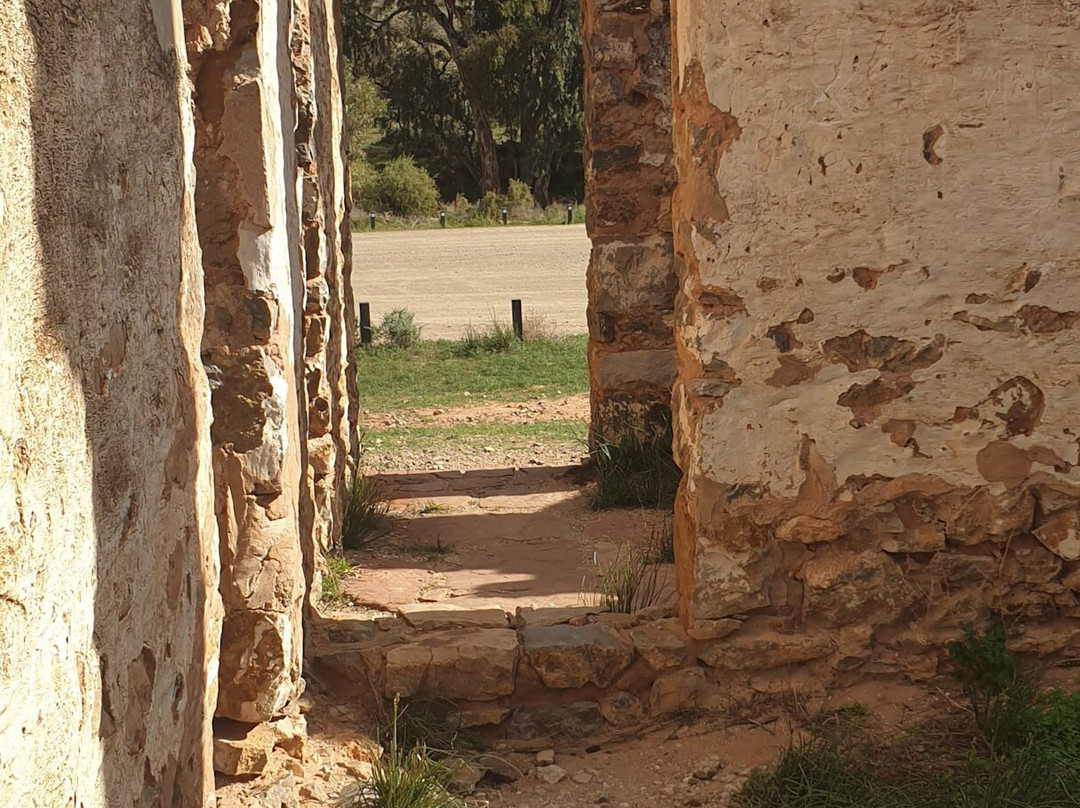
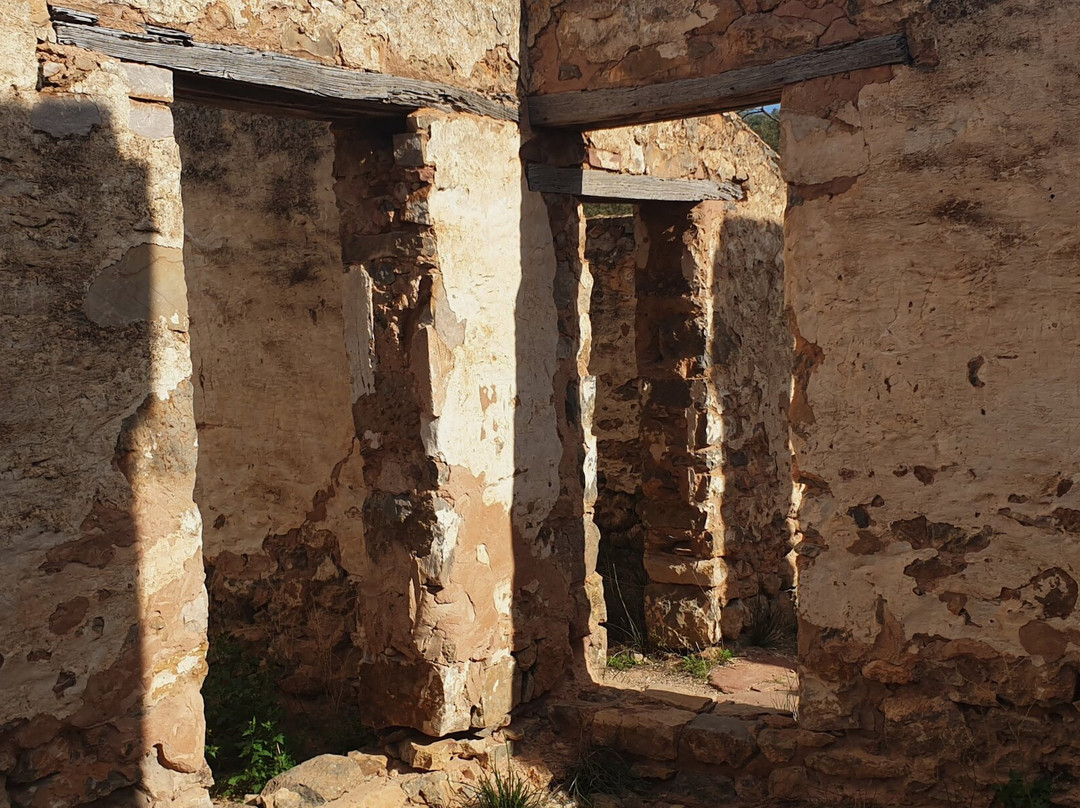
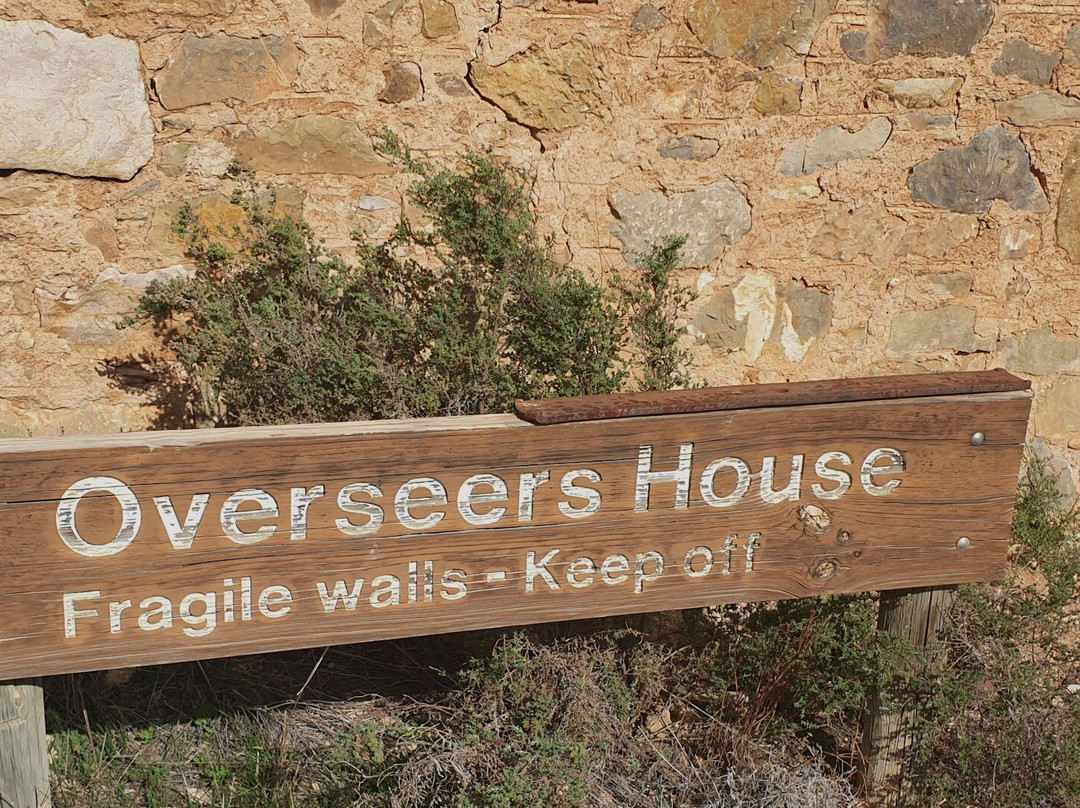
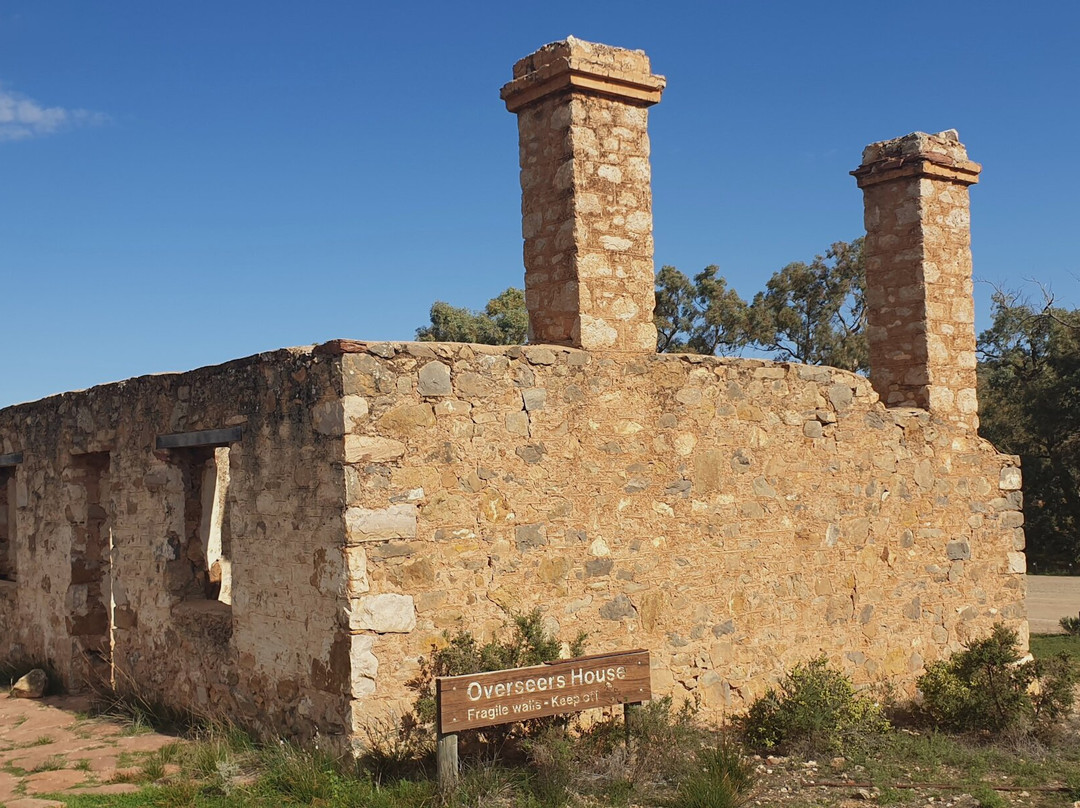
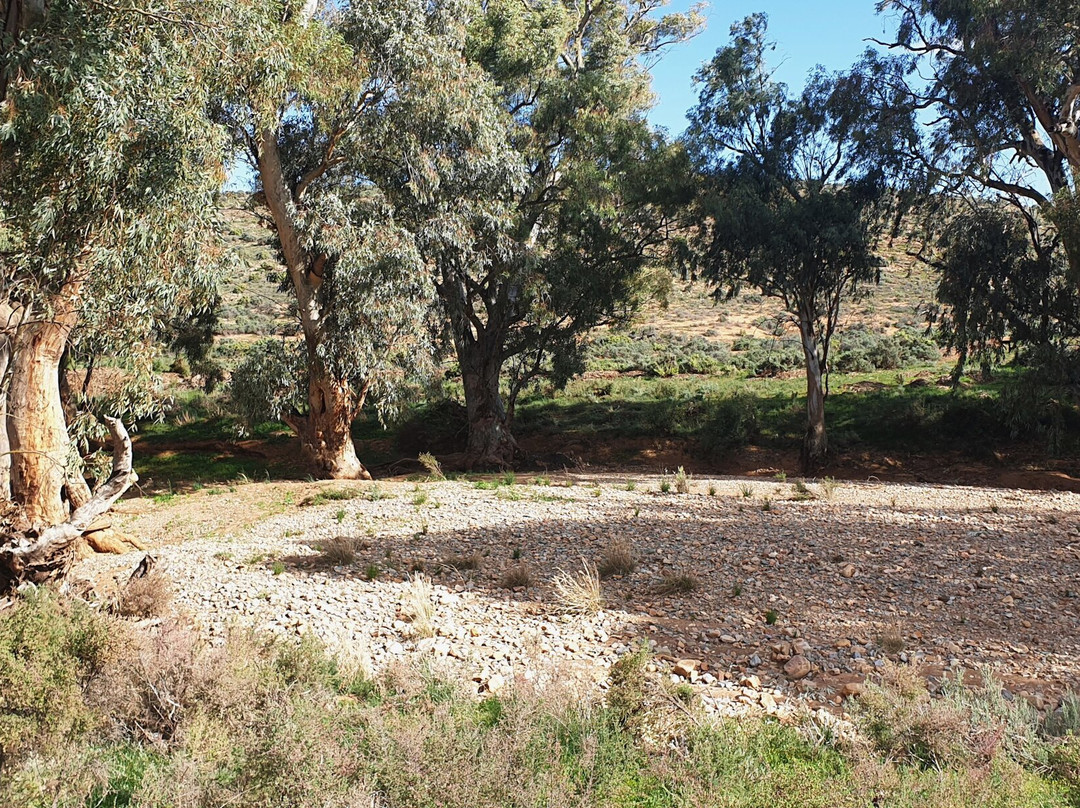
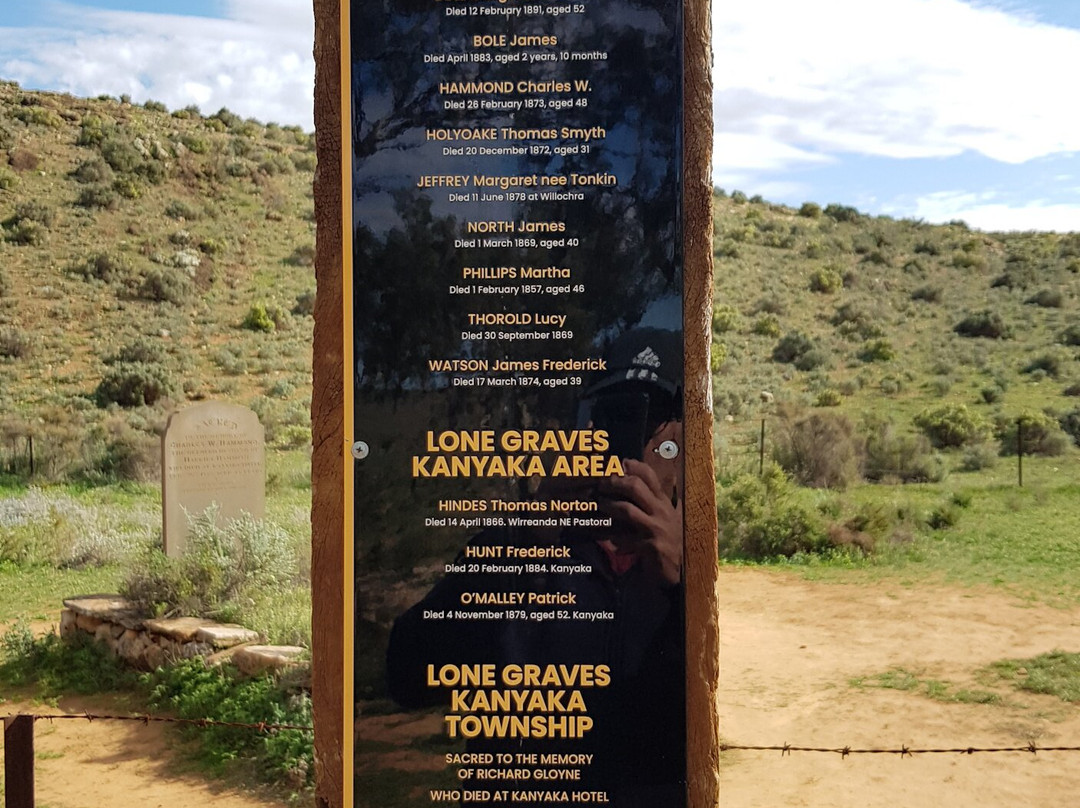
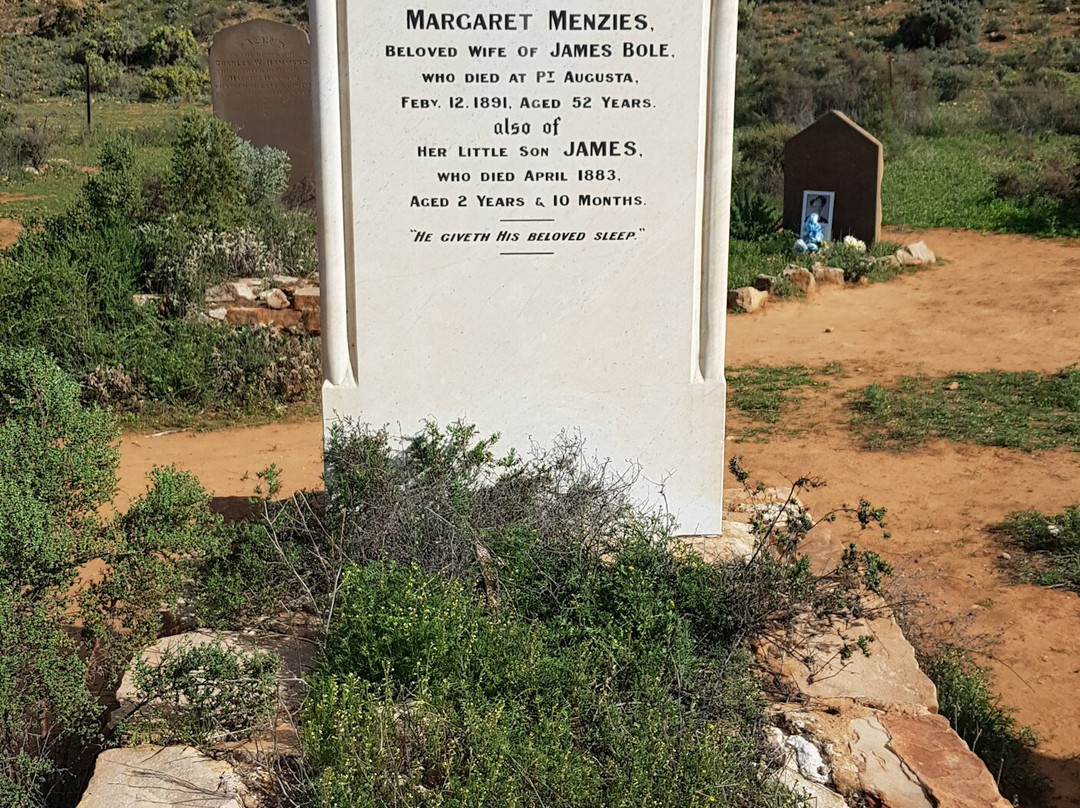
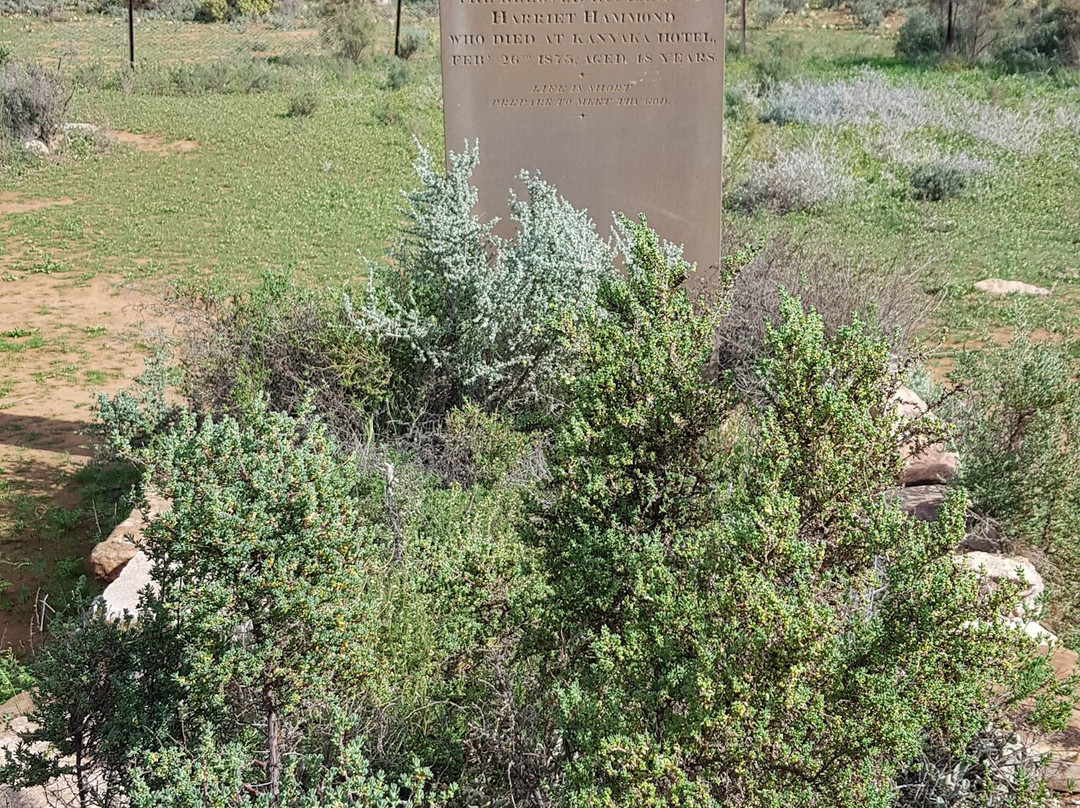
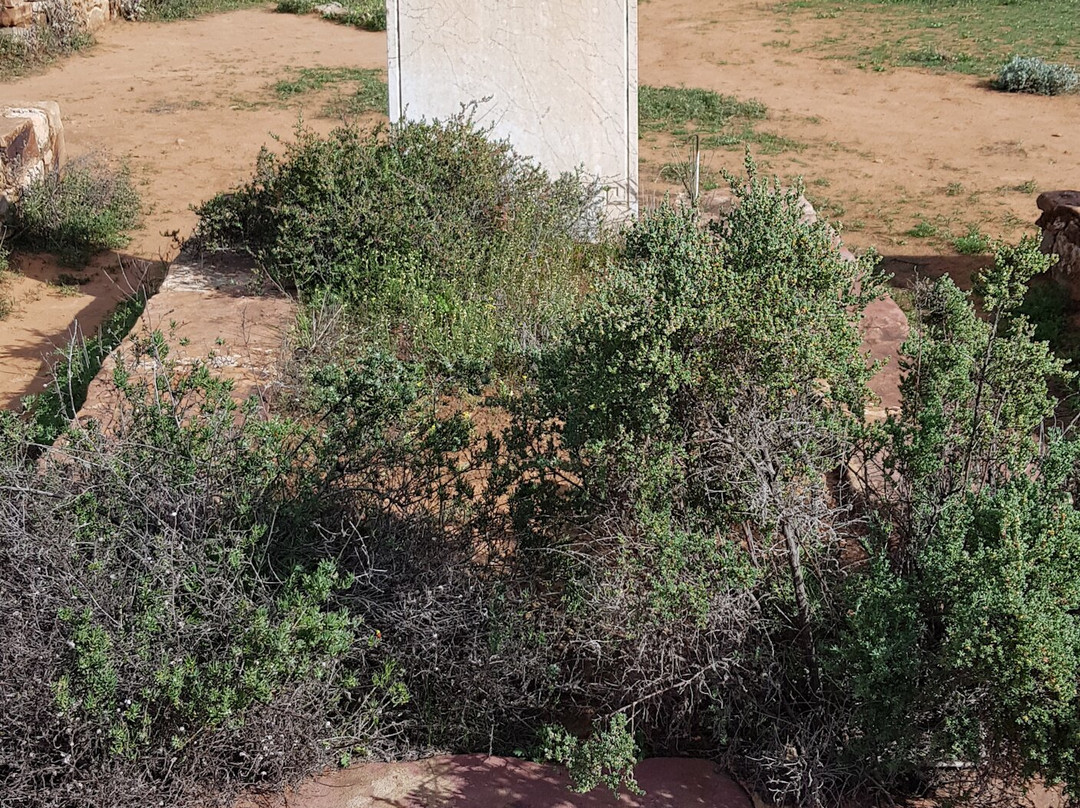
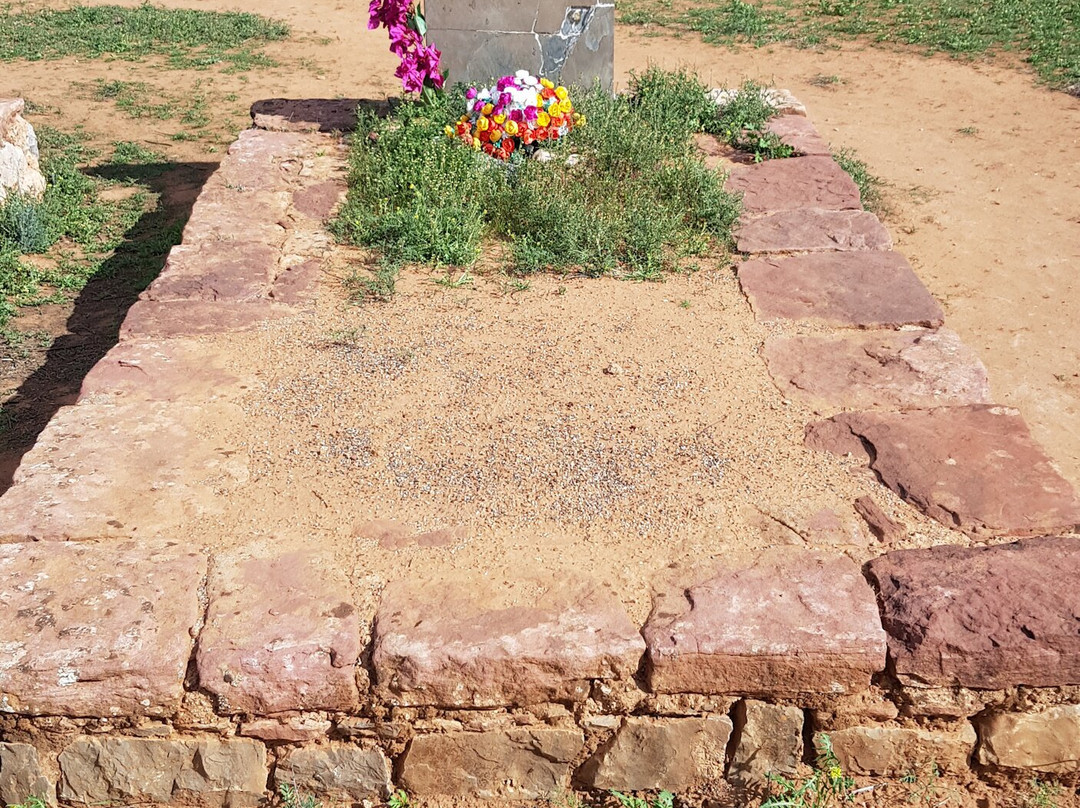
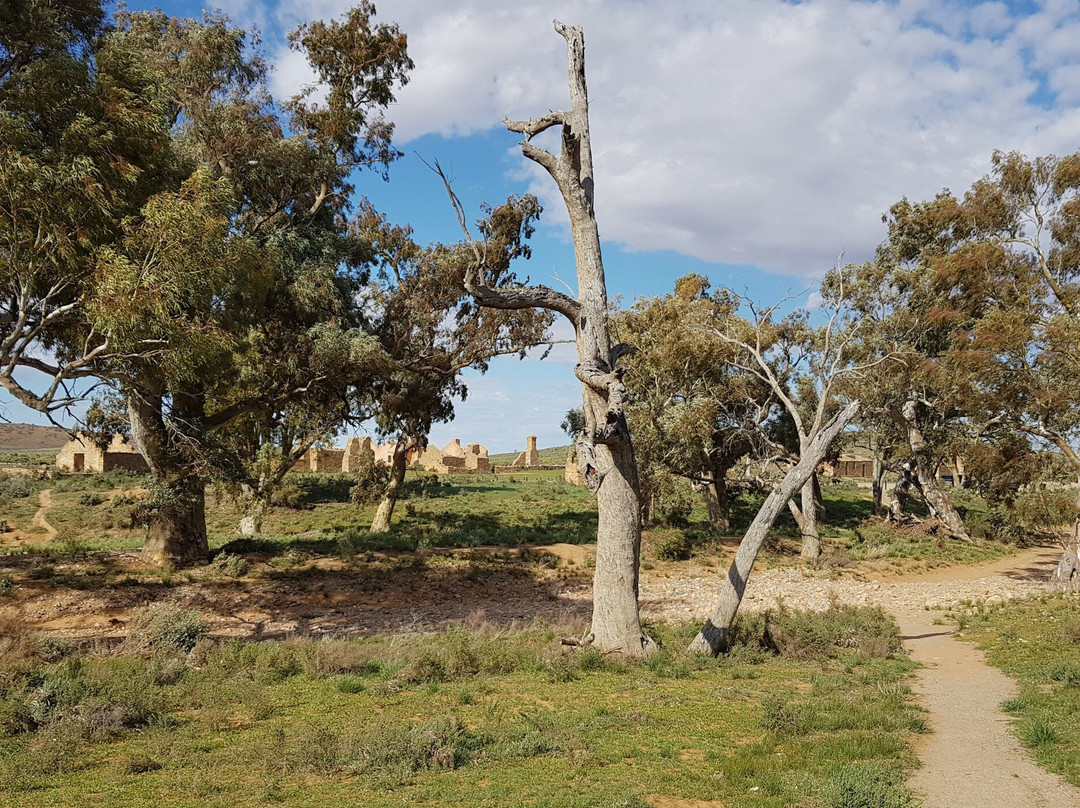
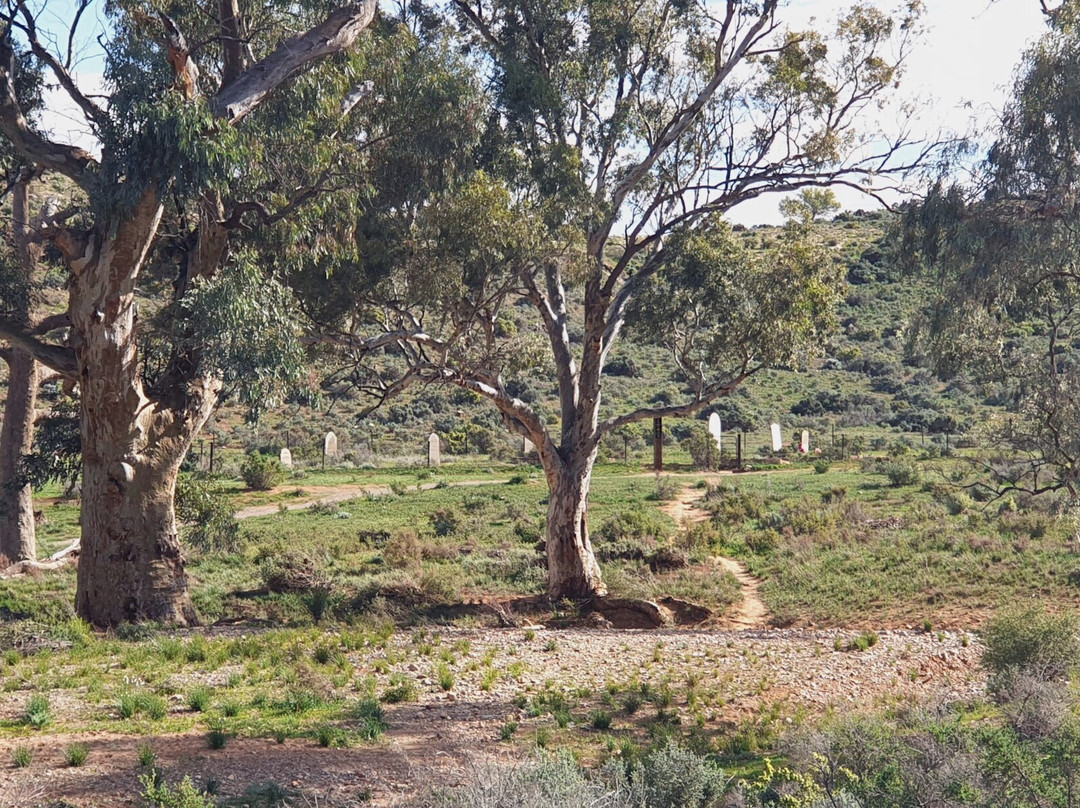
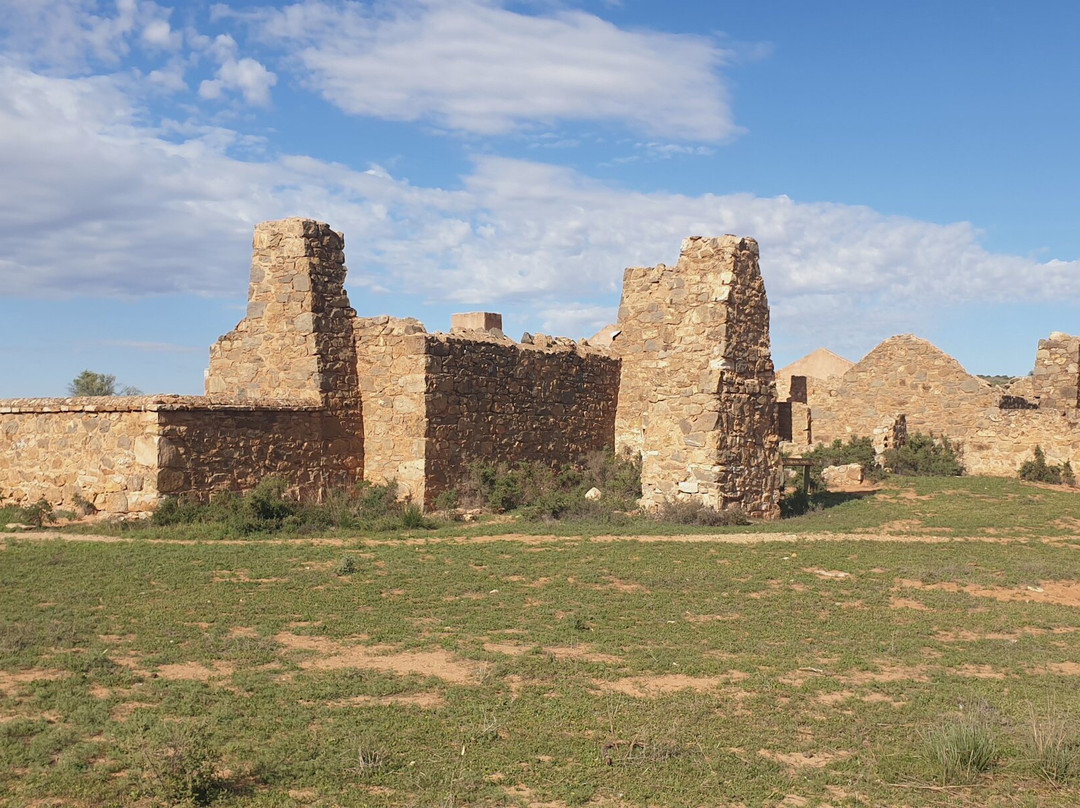
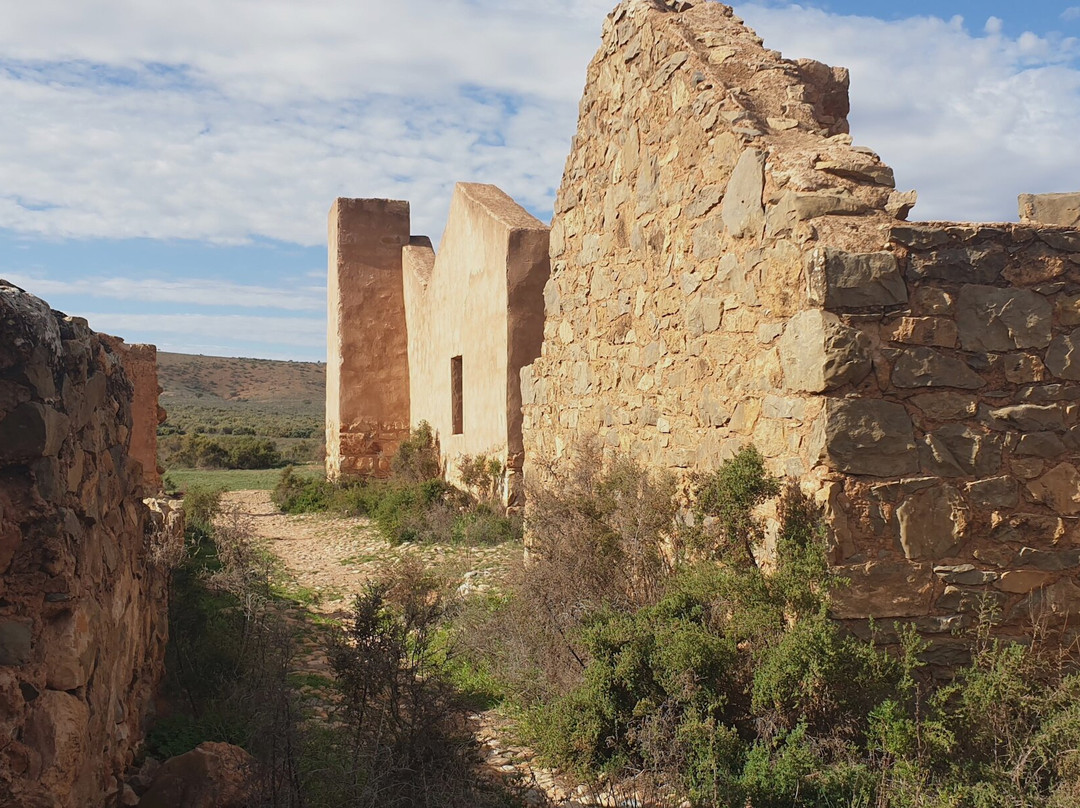
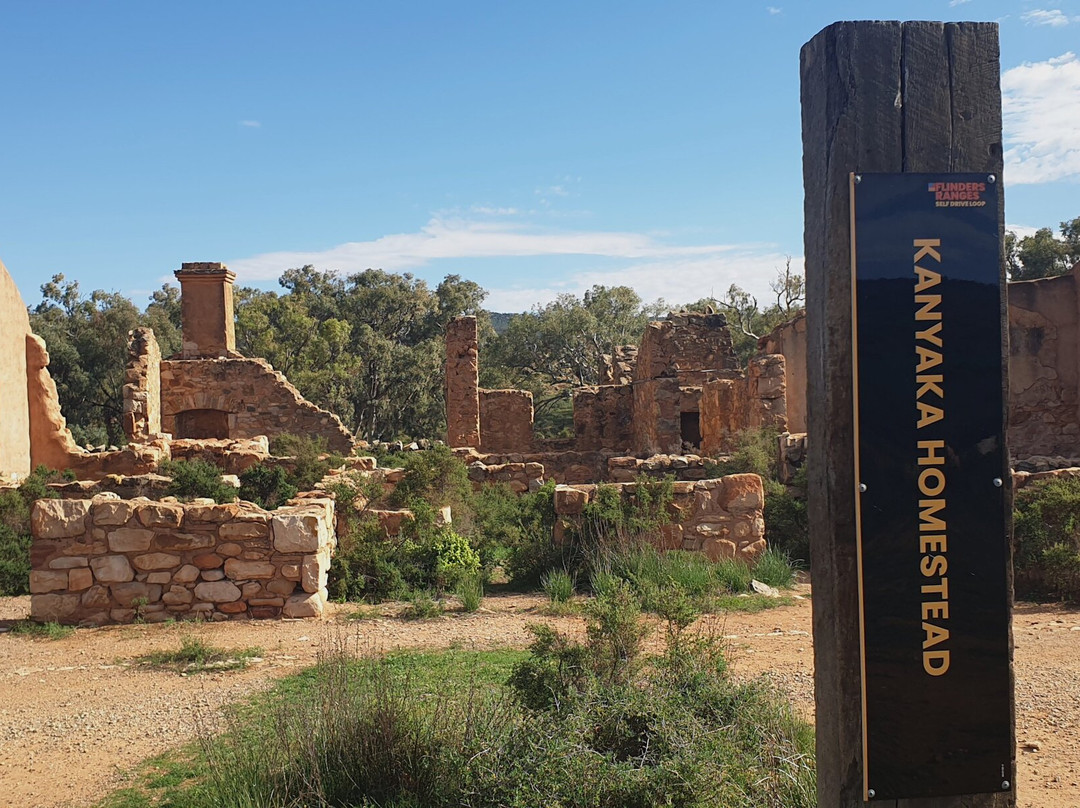
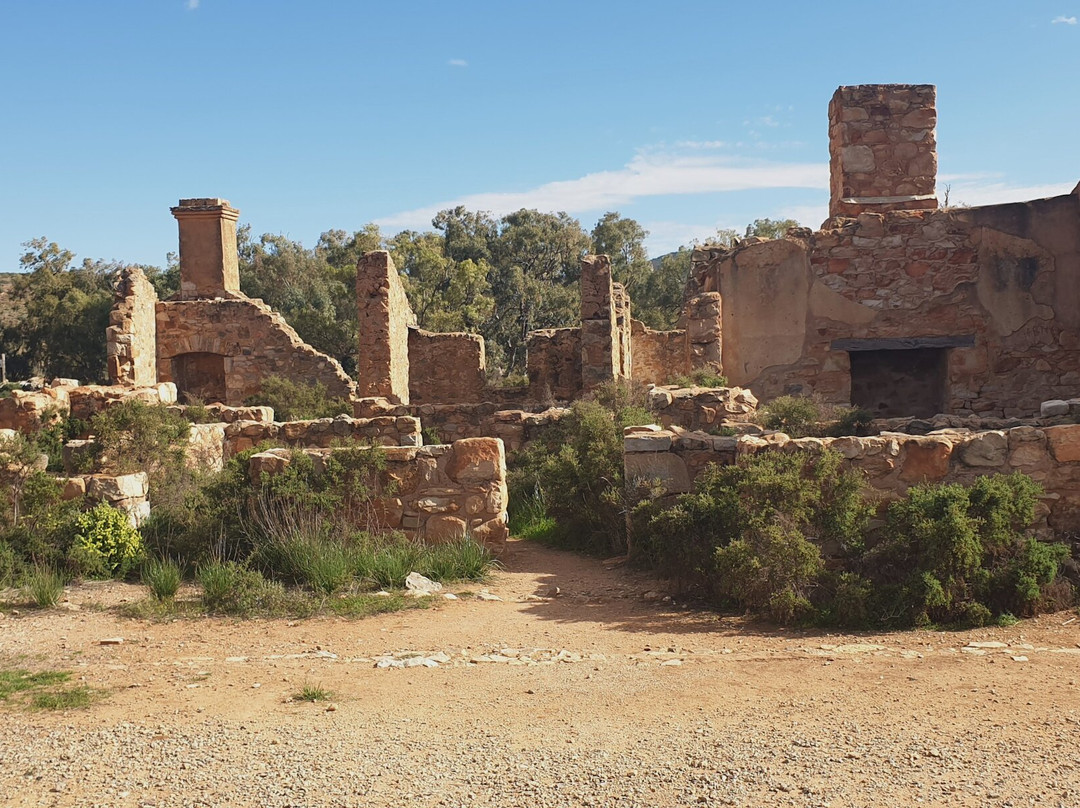
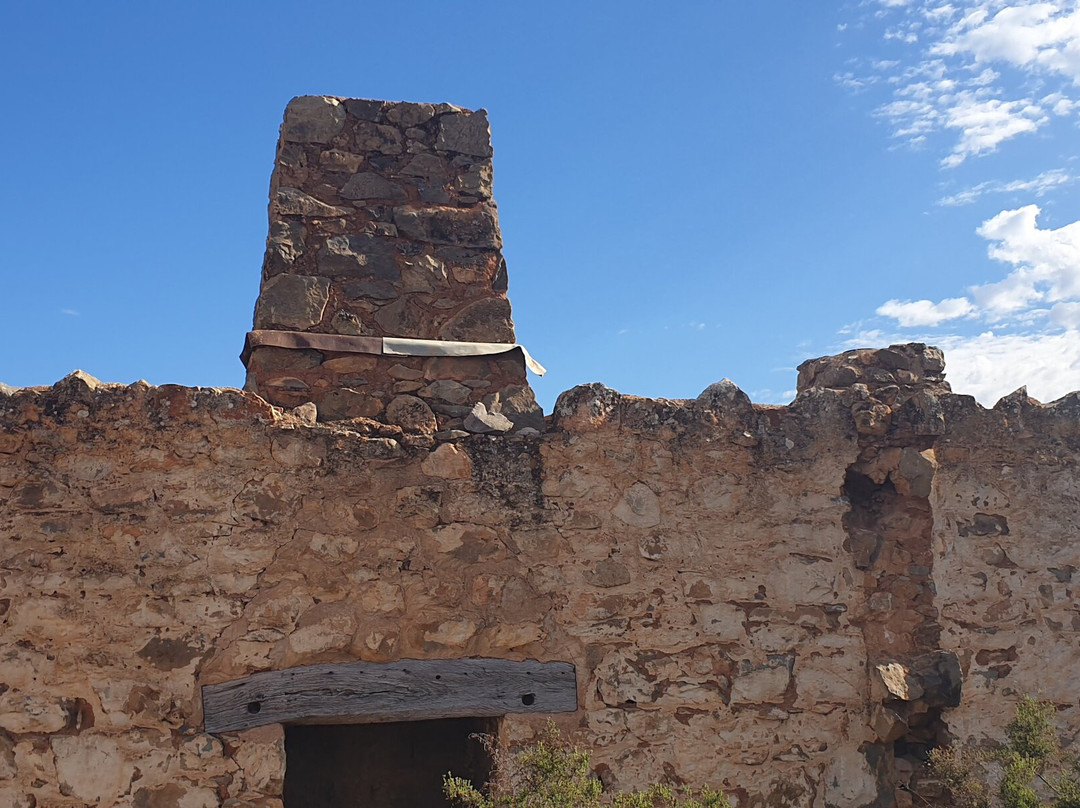
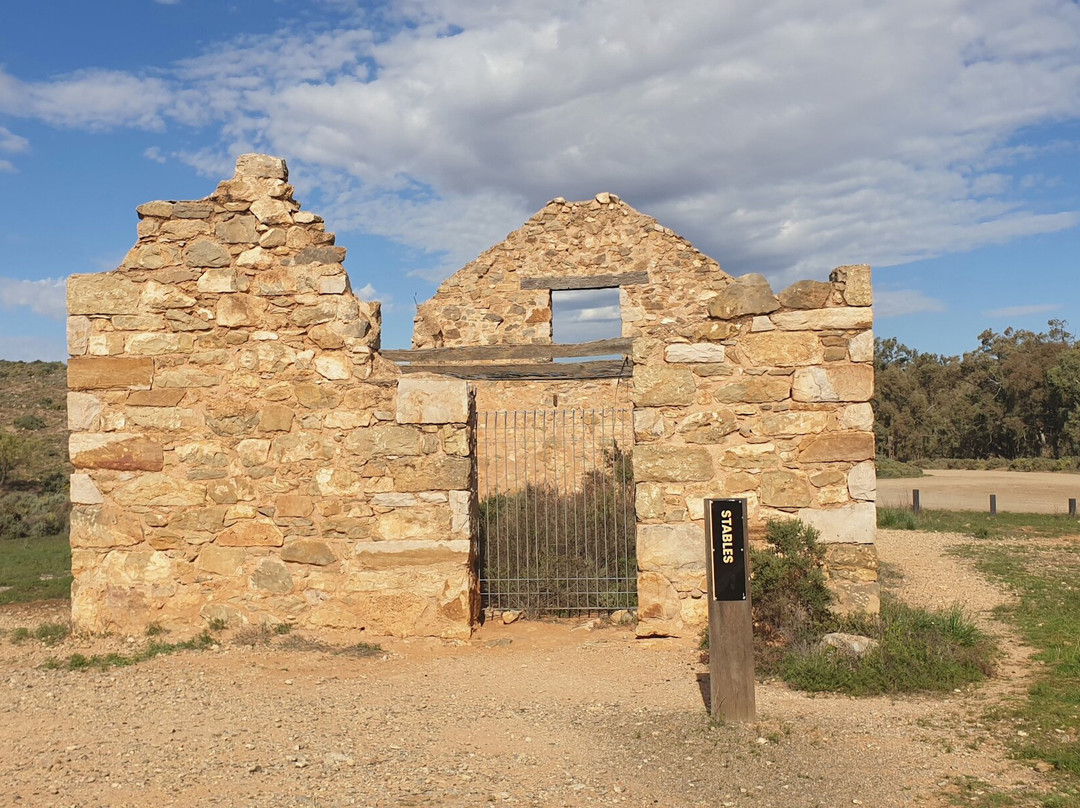
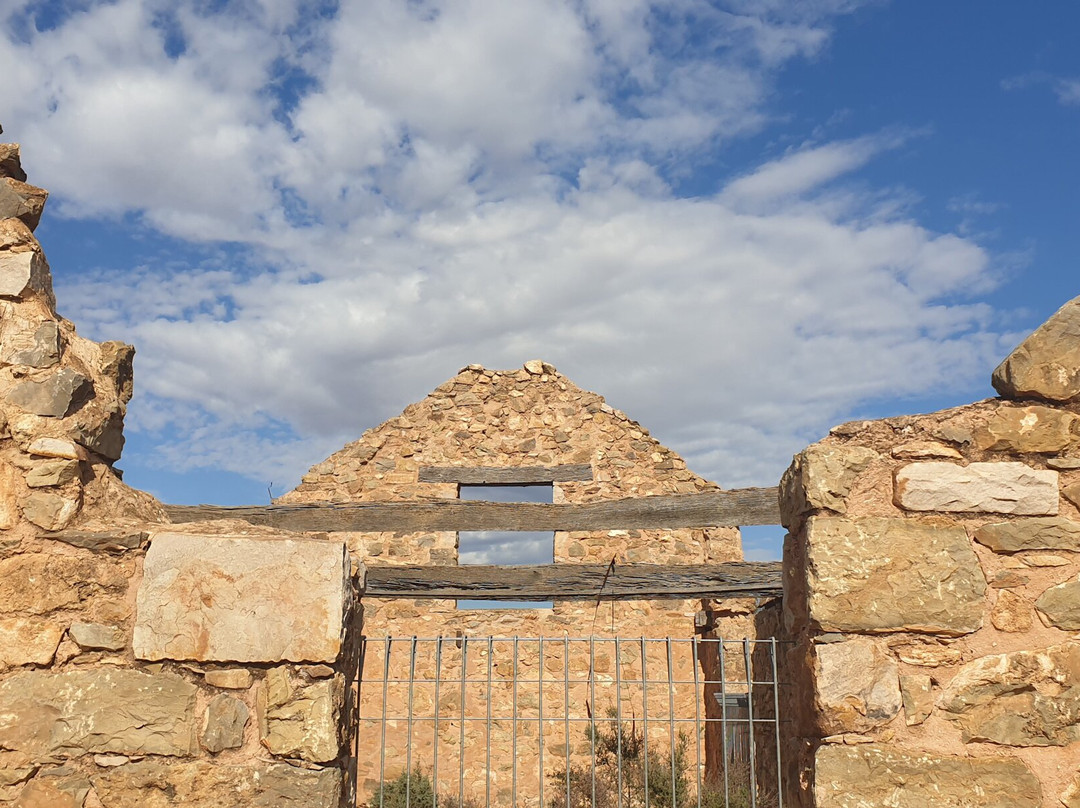
此点评仅代表旅行者个人的主观意见,并不代表TripAdvisor以及其合作方的意见。
关于我们
|
新闻动态
|
商务合作
|
会员中心
|
业主中心
|
业主通
|
常见问题
|
意见反馈
|
联系我们
|
营业执照
© 2025 Tripadvisor 版权所有。
使用条款 |隐私政策 |网站工作原理
部分照片由 VFM Leonardo 提供。
* Tripadvisor不是旅行社,也不是旅游预订服务代理商。我们提供免费、客观、公正的旅游资讯服务。 (显示更多)
TripAdvisor LLC 既不是预订代理商,也不是旅游运营商,不会向网站用户收取任何服务费。 按照规定,在 Tripadvisor 发布机票价格、游览和旅行套餐的合作伙伴(航空公司、旅行提供商及预订代理商),其标价须包含所有费用和附加费用。 例如, 机场出入境税费、消费税与其他服务费、手续费、杂费及附加费用。 当您向我们的某个合作伙伴进行预订时,请务必查阅他们的网站以了解当地行政部门要求的所有适用费用的具体情况。 除非另有说明,机票价格通常指的是一个人的价格(以人民币计)。
为方便起见,TripAdvisor LLC 根据从我们的预订合作伙伴获取的空房率计算每个酒店的均价。 对于游览和景点来说,所显示价格通常是每位成人的最低可用价格。 对于列出的任何旅行套餐或优惠,TripAdvisor LLC 无法保证任何特定的费率或价格。 此外,酒店均价每晚会更新,并以您的首选币种表示(使用现行汇率)。 由于这些已换算的价格是预估价格,因此,有关具体金额和币种请与预订网站进行核实。
此外,TripAdvisor LLC 无法保证我们网站上宣传的价格随时有效。 标价可能需要预订一定天数才能生效,或有不可用日期、使用条件或限制。
TripAdvisor公司对外部网站的内容一概不负责。优惠价格中不含税和其他费用。
ICP证:沪B2-20200433
沪ICP备20013175号
 沪公网安备31010502005427号
沪公网安备31010502005427号鹰程信息技术(上海)有限公司
货币/国家及地区
¥CNY
中国

